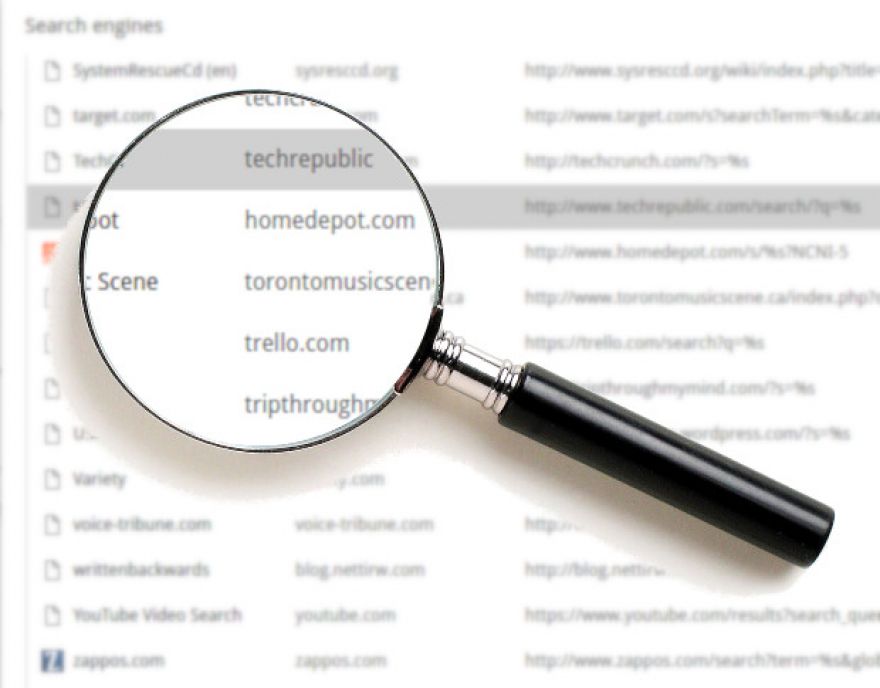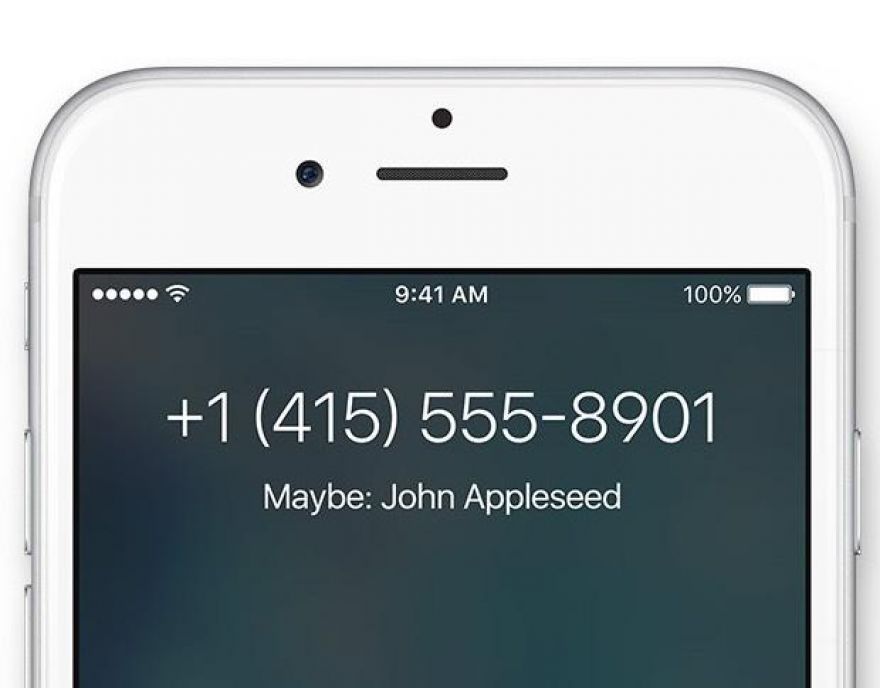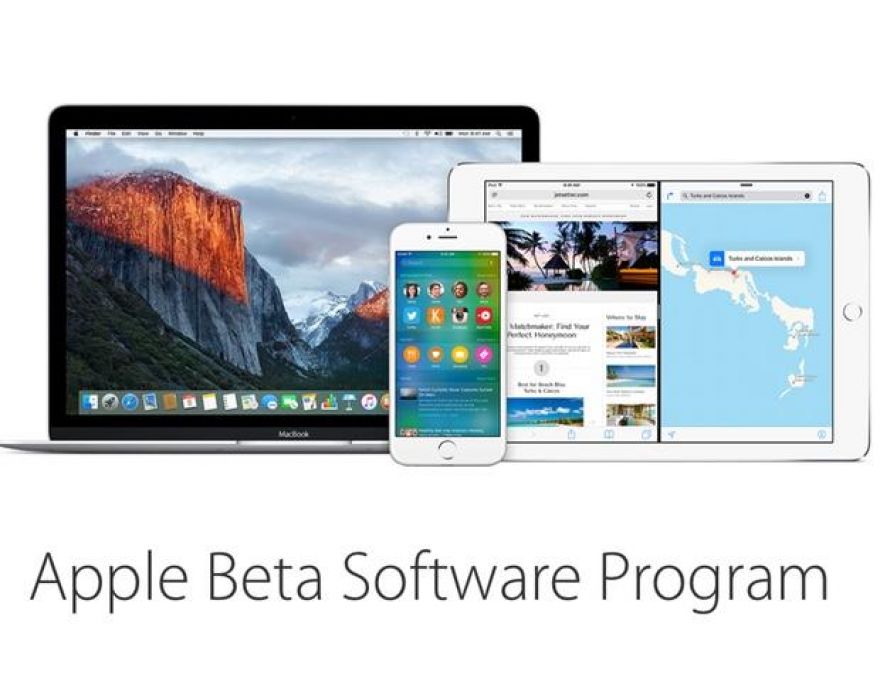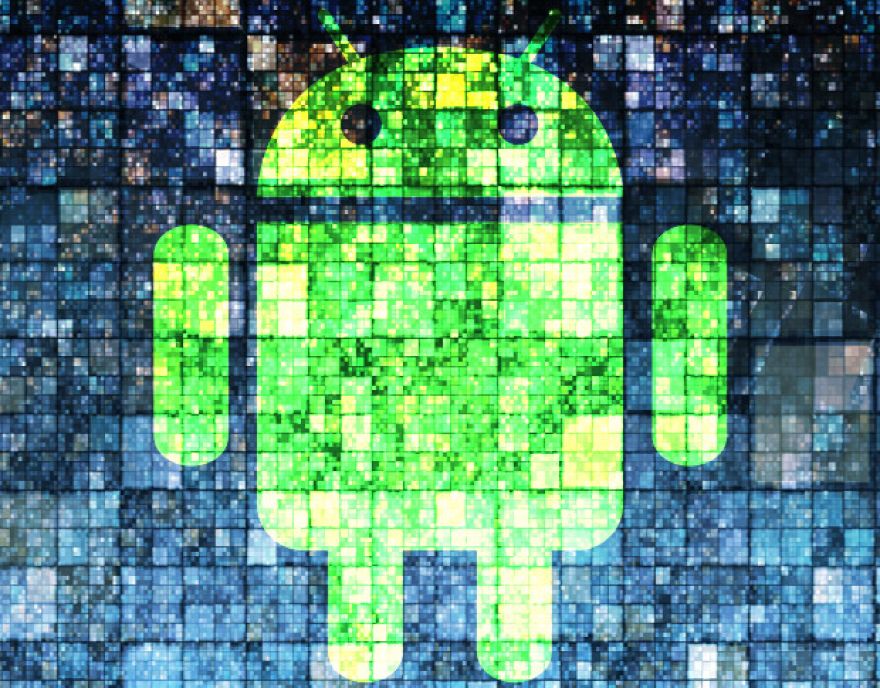
Image: iStockphoto/Jovanmandic Apps consume 90% of our smartphone time. They're also increasingly consuming our bank balances. According to new shopping data from Criteo, mobile phones are displacing desktops as the digital shopping medium of choice. They're also increasingly taking the place of physical visits to stores—according to the National Retail Federation, more shoppers polled went online (103 million) than to stores (102 million) over the Thanksgiving/Black Friday weekend. But, as much as we used to look to mobile web as a way to drive prospective shoppers into a purchase, apps are proving to be even more potent, according to this same data.

Image: Jack Wallen Out of the box, Google Chrome does a great job of making searches easy. Type in whatever you want in the search bar and hit Enter. Some users might not know, however, that you can also create and use special search "engines", such that you can then enter something like techrepublic hit Tab, and then type a search string. What this does is search for the given string on the included site by using that specific URL's search engine. For example, you enter techrepublic hit the Space bar; when the URL morphs into a box (Figure A), you type in the search string and hit Enter and the search results from techrepublic.com will appear.

Image: Apple iOS 9 includes a new feature called Contacts Found In Mail that offers to link unknown names, email addresses, phone numbers, or other contact information with data found in emails. You'll see this in phone calls where iOS will guess who is calling based on this information, in autocomplete fields for email address, and more. More about MobilitySamsung inspired by Apple Purchase PlanWhy mobile apps are the biggest challenge to the web's freedomSubscribe to our newsletter, The Mobile RevolutionPower checklist: Managing and troubleshooting mobile devicesThis feature can be useful, but more often than not, when composing a new email, you want Mail to offer up only contacts available from within your Contacts app.

Image: Apple Apple reinstated its long-defunct AppleSeed program in 2015 to solicit more user feedback about the company's pre-release software. Through the AppleSeed program, select users can get access to pre-release copies of OS X and iOS to install on their personal devices. More about MobilitySamsung inspired by Apple Purchase PlanWhy mobile apps are the biggest challenge to the web's freedomSubscribe to our newsletter, The Mobile RevolutionPower checklist: Managing and troubleshooting mobile devicesIf you're tired of being in the AppleSeed program and would like to go back to a production version of iOS on your iPhone, iPad, or iPod touch, these are the steps to restore your device to a pre-beta state.

Image: Claudia Cruz/CNET Android 6.0 (Marshmallow) makes massive strides in polishing the dull sheen left behind by Android 5.0 (Lollipop). In fact, Marshmallow is the best incarnation of Android yet. Here's a look at what Marshmallow has to offer. We'll update this guide as new information about Marshmallow becomes available. Executive summaryWhat it is: Marshmallow is version 6.0 of the Android platform. It significantly improves on Android 5.0 in matters of UI, security, and especially Google integration.Why it matters: Any Android user who has concerns over battery life and security should be scrambling to get their hands on Marshmallow.

Image: Jack Wallen No matter how you feel about their products, if there's one almost universal truth in mobility, it's that Apple knows business...knows it quite well. Facing what looked like could be an Android singularity in the world of mobile devices, back in September, 2015, the Cupertino company introduced a carrier-free upgrade program, dubbed the iPhone Upgrade Program. With this program, consumers could pay for their iPhones through Apple (as opposed to their carriers) in installments (as low as $32.41/month USD). Since then, iPhone sales have skyrocketed. While Apple has witnessed a major uptick in sales, Samsung has watched its numbers tumble.

Image: iStockphoto/milindri Given that we now spend 90% of our smartphone time in apps, it would be easy to think the mobile web is dead. It would also be wrong. After all, a significant chunk of our "app" time is actually "browser" time, as new data from Scientia reveals. This, however, isn't necessarily cause for celebration. SEE: For the internet to keep growing, we need a next-gen TCP Tim Berners-Lee recently warned that "protecting the web's openness and heart is now the same as safeguarding free speech." But, despite the web's continued relevance in an increasingly mobile world, its "openness" has never been more at risk, given the proprietary nature of the apps we use to access it.

Image: Jack Wallen Let's say you need to quickly delete all of the saved networking information on your Android device, including all of those saved wireless networks (company or personal). Prior to Android Marshmallow, you had to go through your network listing and manually delete them one at a time. With Android 6.0 that is no longer the case — getting rid of this sensitive information is a tap away. SEE:Android Marshmallow: The smart person's guide How to delete all network settingsOpen Settings.Locate and tap Backup & Reset.Tap Network Settings Reset (Figure A).When prompted, tap Reset Settings.

Top 10 moments of data usage during Super Bowl 50. Image: Comcast Business and Levi's Stadium Super Bowl 50 set records, as predicted, and not just of the Peyton Manning variety. It was a record-breaking day because 10.1 terabytes of data was transferred over the Wi-Fi network at Levi's Stadium on game day, according to the NFL. That's the equivalent of 6,000-plus hours of HD video or almost 1.2 million 2MB images. This was a 63% increase compared to the 6.23 terabytes of data usage at last year's Super Bowl XLIX in Glendale, Ariz., as previously reported in TechRepublic's article, Super Bowl 50 to showcase tons of new tech, shatter bandwidth records.









